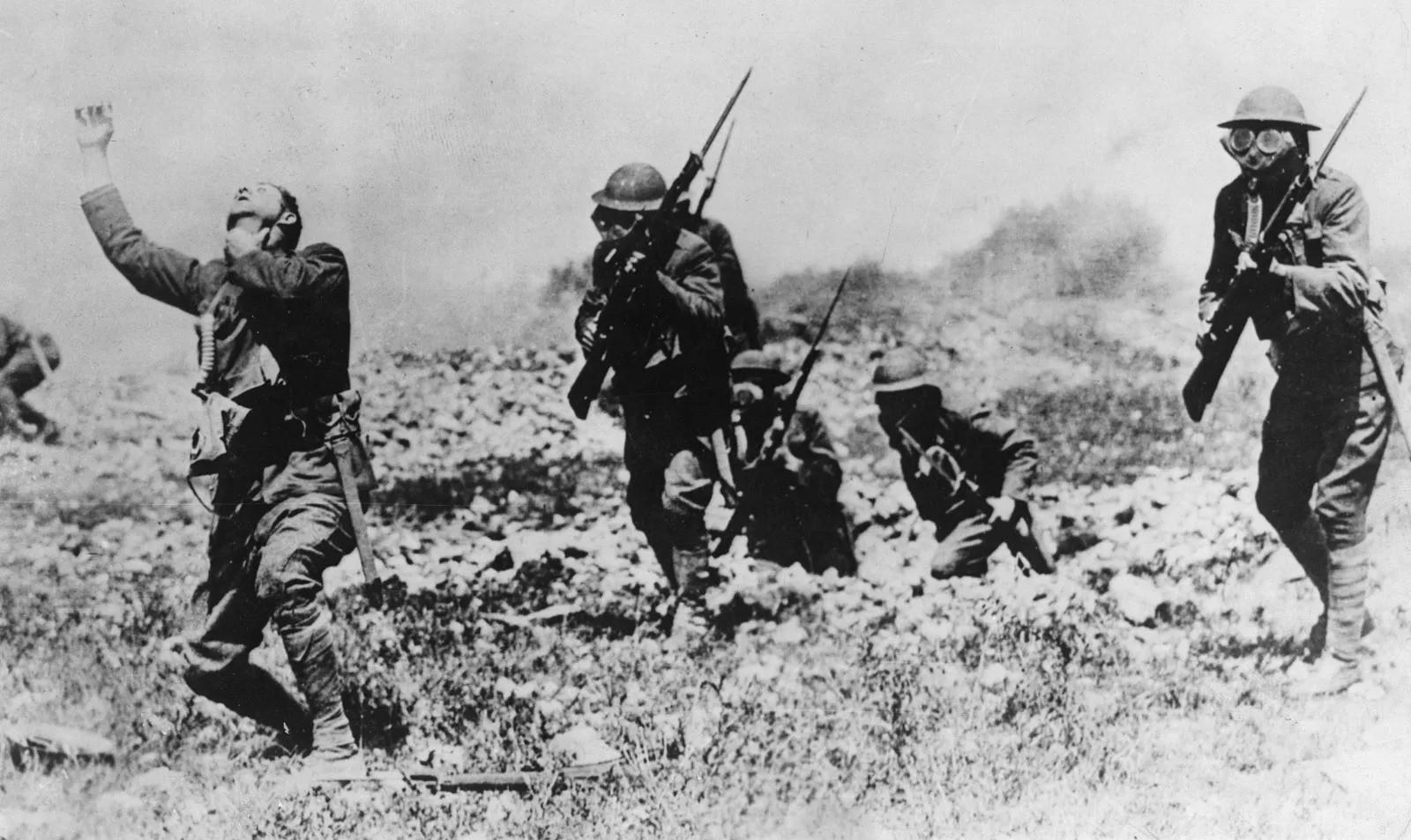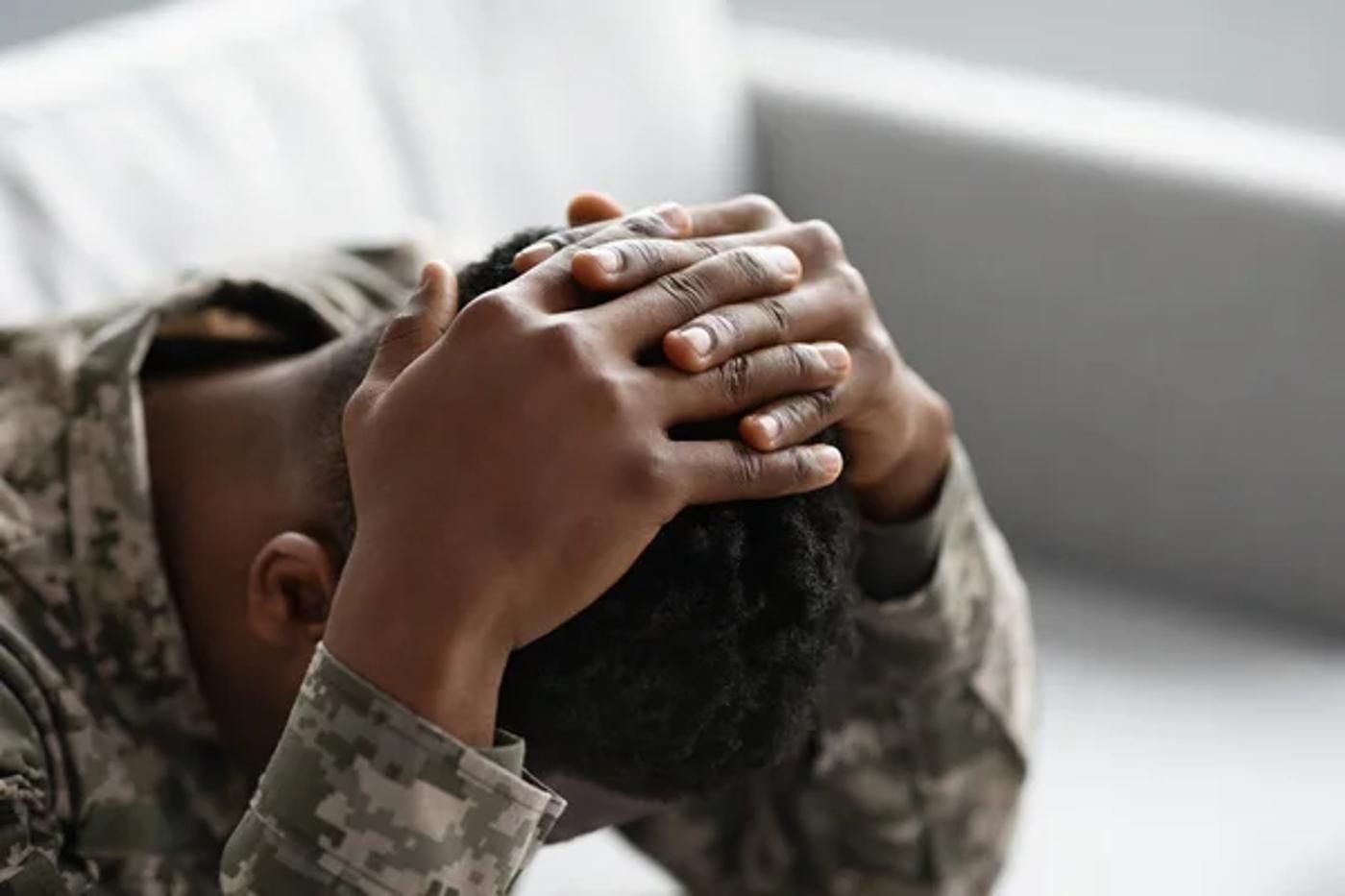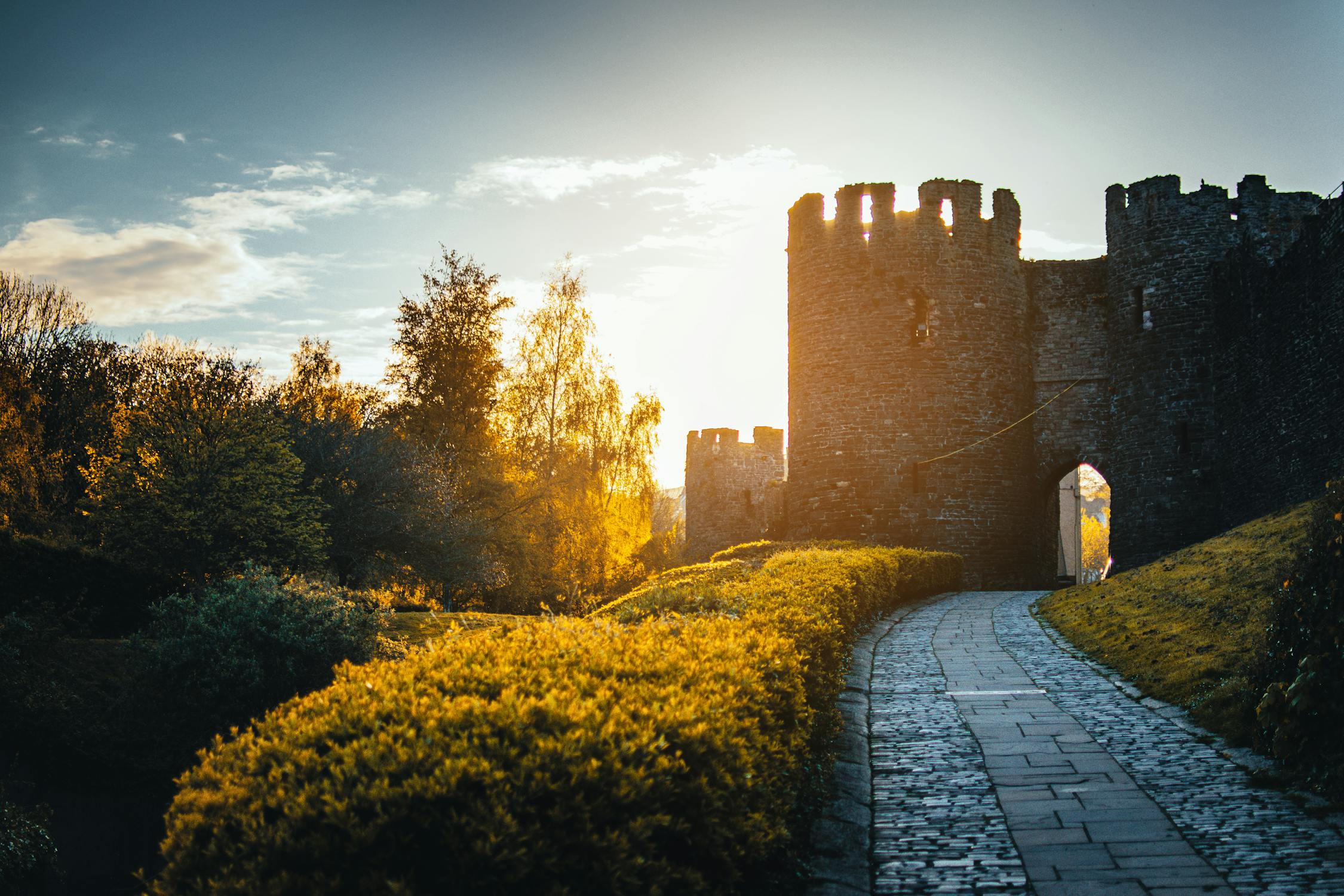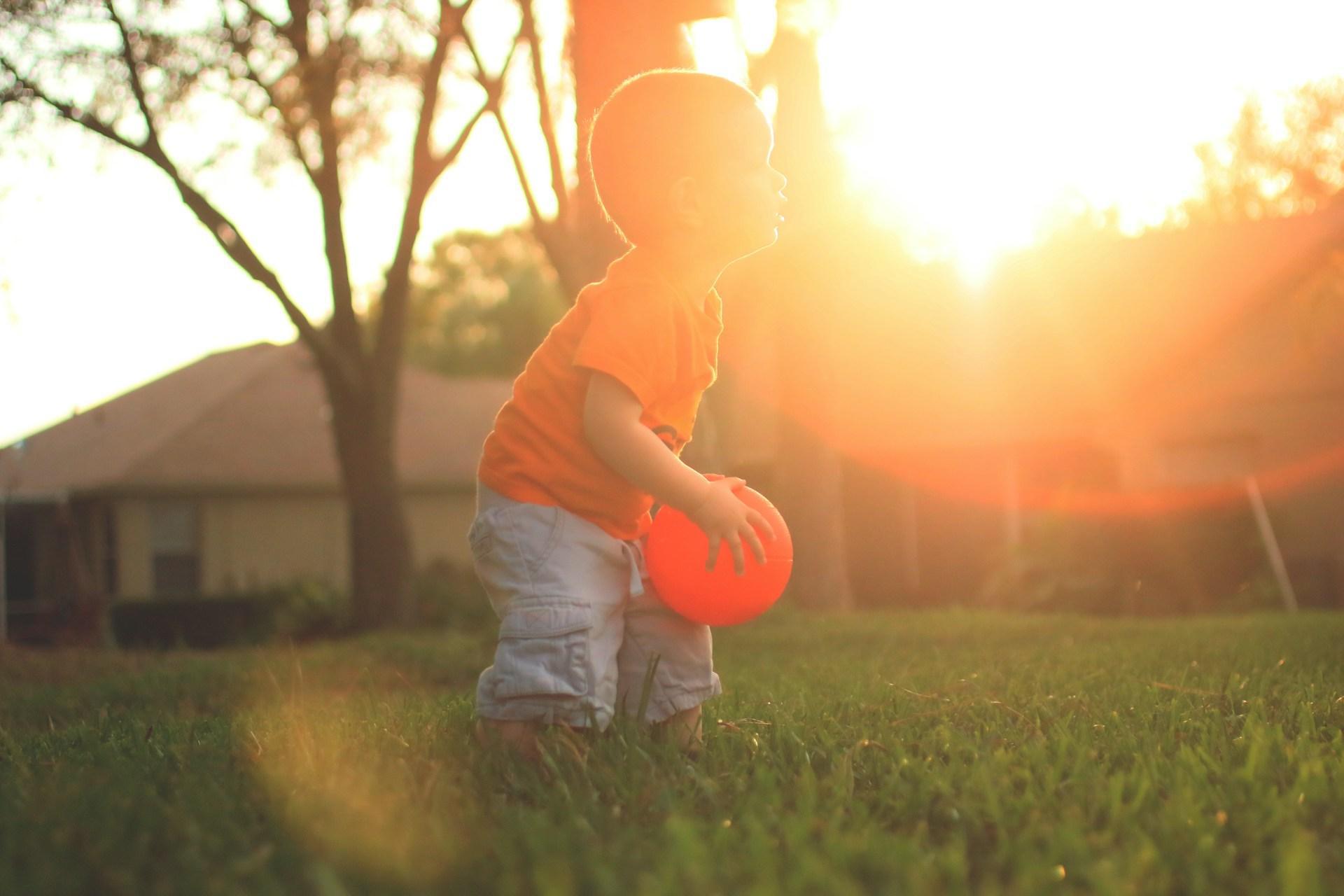Death is an inevitable part of life. Unfortunately, death does not care who you are. While it can be a depressing a scary topic, there is some comfort (and a bit of morbid curiosity) in knowing what will happen when the time comes.
But death is not the same for everyone. According to a doctor, children and adults see different things when death approaches.
The Doctor Behind the Study

Doctor Christopher Kerr, an end-of-life care physician, sat down on the Next Level Soul podcast to explain why children and adults process death uniquely from each other.
Kerr, whose work has been published in “Death Is But a Dream: Finding Hope and Meaning at Life’s End,” is a hospice doctor who monitors the end-of-life process for all of his patients.
Not a Hollywood Ending

In his experience, Kerr believes that what we imagine, dream, and “see” as we die is part of the human experience and journey.
While many of us have been led to believe that we all see a light at the end of a tunnel or an angel waiting in the room for us, Kerr says this is what each person actually experiences in their final moments.
The Study

Kerr drew this conclusion after conducting a study with 1,500 of his palliative care patients. He says that dying adults tend to go back over their lives and experiences in the form of dreams or daydreams.
Think of it like the short story “Bullet in the Brain,” by Tobias Wolff, which ends with a dying man going through moments of his life, to end on his favorite moment even if it does seem mundane to the reader.
Not Denying Death

According to Kerr, most people are either connecting or reconnecting in a way that allows them to relive an experience they’ve had, but not every experience is a positive one. Some people might imagine a cathartic absolution, a forgiving of sins, crimes, or wrongdoings.
“Patients are not denying the bad things and painful things that transpire,” Kerr says. “They seek to address them and use them in a way that’s very interesting.”
One Example From the Study

Kerr talks about a patient who had been involved in the Normandy landings in War World II when he was a teenager. Kerr notes that the experience had an emotional impact on the patient’s psyche, and it was something he never fully confronted or processed.
“He came into our unit at the end of his life, he was having such horrific experiences where he’s seeing body parts and bloody water and screams and he couldn’t rest. Patients need to be relaxed and accepting of their situation, to some extent, in order to die,” the doctor explained.
Finding Peace in the End

After the Normandy veteran was able to sleep, Kerr asked him if he had dreamed. The patient said he did, but it was not a nightmare. Instead, the patient “relived the best day of [his] life.”
“He had a really good dream, presumably in Normandy, and a soldier who he didn’t know approached him and said, ‘We’re going to come get you,’” Kerr said. Soon after, the patient fell into a deep sleep and passed away peacefully.
Saying Goodbye to Loved Ones

Older people who are in the process of dying will often see themselves meeting and speaking with people they have loved and been close to in their lives.
They go through the memories that made the biggest impact on their lives. Often, they experience feelings of meeting back up with people they’ve known and loved who have died.
Death Is Different for Children

But death differs for children and adults. While the thought of children passing away is an upsetting concept, it is an unfortunate situation that does happen for some.
Kerr and his experience of how children experience the onset of death is quite different than adults.
Not Afraid of the End

Often, children are less afraid of death. This could be because they are less fearful and anxious about the idea of death.
Most younger kids do not understand that the end of life means that they are no longer able to interact with loved ones or those who have made a significant impact on their lives. They don’t often “meet a lost one” since they might not have lost family members in their young lives.
What Children See

Kerr reports that children often dream or imagine animals or beloved pets that “give them the message that they’re loved and not alone. He also notes that “Children are creative and imaginative and can access that part of themselves.”
Kerr notes that one young patient dreamed of a castle with pools, animals, and a piano. “When I asked, ‘What does the castle represent?’ she said, ‘A safe place,’” Kerr said.
A Peaceful Goodbye

Death can be a very upsetting concept for many people who have to watch their loved one pass on. But there is comfort in knowing that those who experience a natural death are not fearful of what is coming.
Instead, take comfort in knowing that many people are finding peace in their final moments.








































